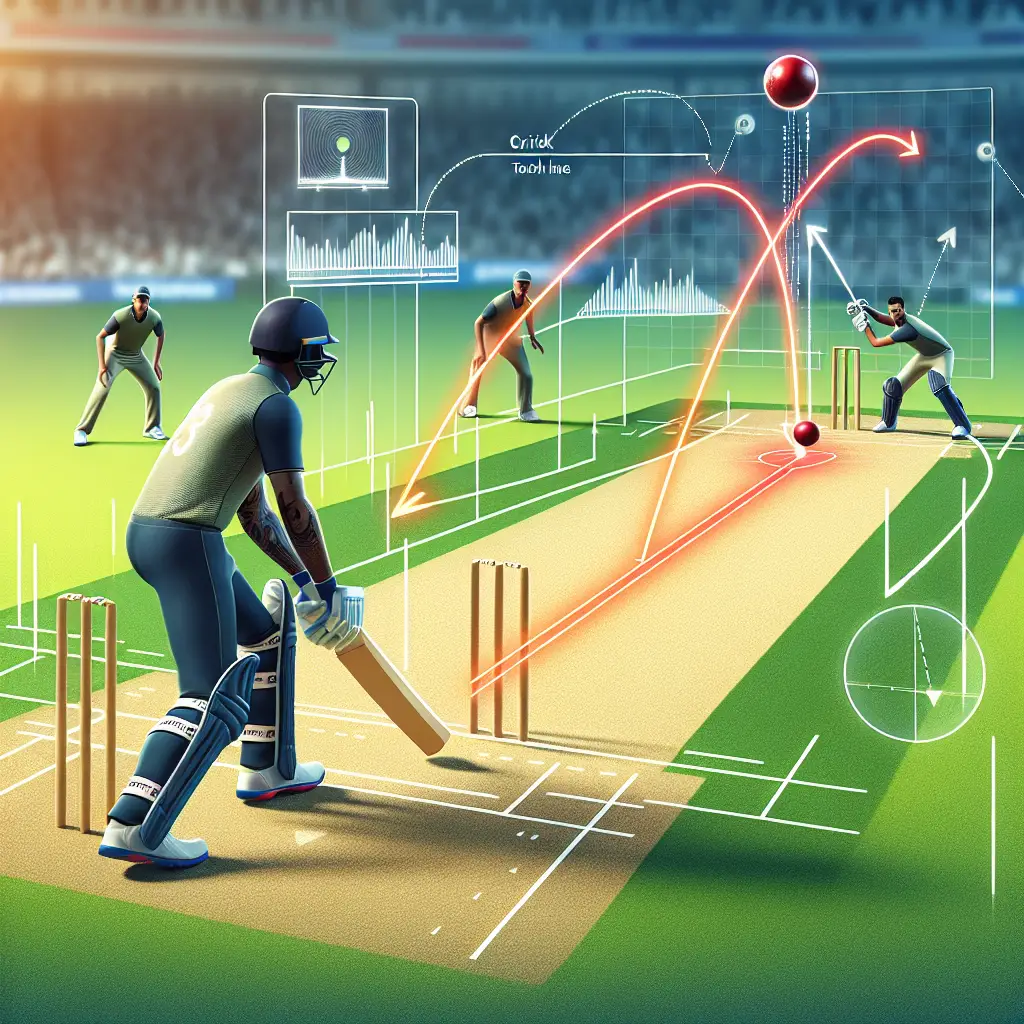Understanding the DRS System in Cricket: An In-Depth Analysis
Background of the DRS System
The Decision Review System (DRS) in cricket is an innovative technology introduced to enhance the accuracy of on-field umpiring decisions. It was first trialed in a Test match between Sri Lanka and India in 2008 and subsequently gained formal recognition from the International Cricket Council (ICC) in 2011. The DRS employs various technological tools to assist umpires, primarily focusing on dismissals such as LBW (Leg Before Wicket), caught decisions, and boundary calls.
Key Components of the DRS System
-
Ball Tracking Technology:
This system utilizes a combination of high-definition cameras and sophisticated algorithms to track the trajectory of the ball. The most notable application of ball tracking is in LBW decisions, calculating whether the ball would have hit the stumps upon impact with the batsman’s leg or body. -
Ultra Edge (Snickometer):
The Ultra Edge technology employs sound and visual data to detect edges or touches when the ball comes into contact with the bat or glove. It has transformed the way caught decisions are made, providing visual evidence to confirm or reject the on-field umpire’s decision. -
Hot Spot:
Hot Spot uses infrared cameras to detect the heat generated by the impact of the ball on the bat or gloves. The technology shows a clear spot where the ball has struck the bat, aiding in confirming whether an edge has occurred. -
Ball Tracking Reviews:
Players are allowed a limited number of unsuccessful reviews per innings. If a player reviews a decision and the result favors them, they retain their review. This strategic element adds a layer of depth to gameplay, with players needing to carefully consider when to use their reviews.
Advantages of the DRS System
Enhancing Decision Accuracy
The primary advantage of the DRS system is its significant improvement in decision accuracy. Before the introduction of DRS, umpires could occasionally make errors due to various factors such as field angle, distance, and visibility. With tools like ball tracking and Ultra Edge, the DRS provides clear evidence, allowing for rectification of potentially game-changing mistakes.
Reducing Umpire Pressure
Umpires work under immense pressure, often making split-second decisions. The DRS system alleviates some of this burden, as players now have a recourse to challenge on-field calls. This support allows umpires to make decisions with more confidence, knowing they have the technology backing them up.
Promoting Fair Play
Cricket is a game of integrity, and the DRS underscores this value by ensuring that game outcomes are fairer. By providing a safety net against wrong decisions, DRS promotes the ethos of justice, whereby the right team wins based on performance rather than on the misjudgment of an individual.
Criticisms of the DRS System
Reliability of Technology
While the DRS system has many benefits, one of the significant criticisms revolves around the reliability of technology. Instances of conflicting results from different technologies—like a caught decision being deemed as ‘not out’ by one tech and out by another—can create confusion and distrust among players and spectators alike.
Example Case: Daryl Mitchell’s Review
One notable incident occurred during a match involving New Zealand’s Daryl Mitchell, where the Ultra Edge failed to provide a conclusive result, leading to mixed reactions from players and commentators about the…
Share this content:
